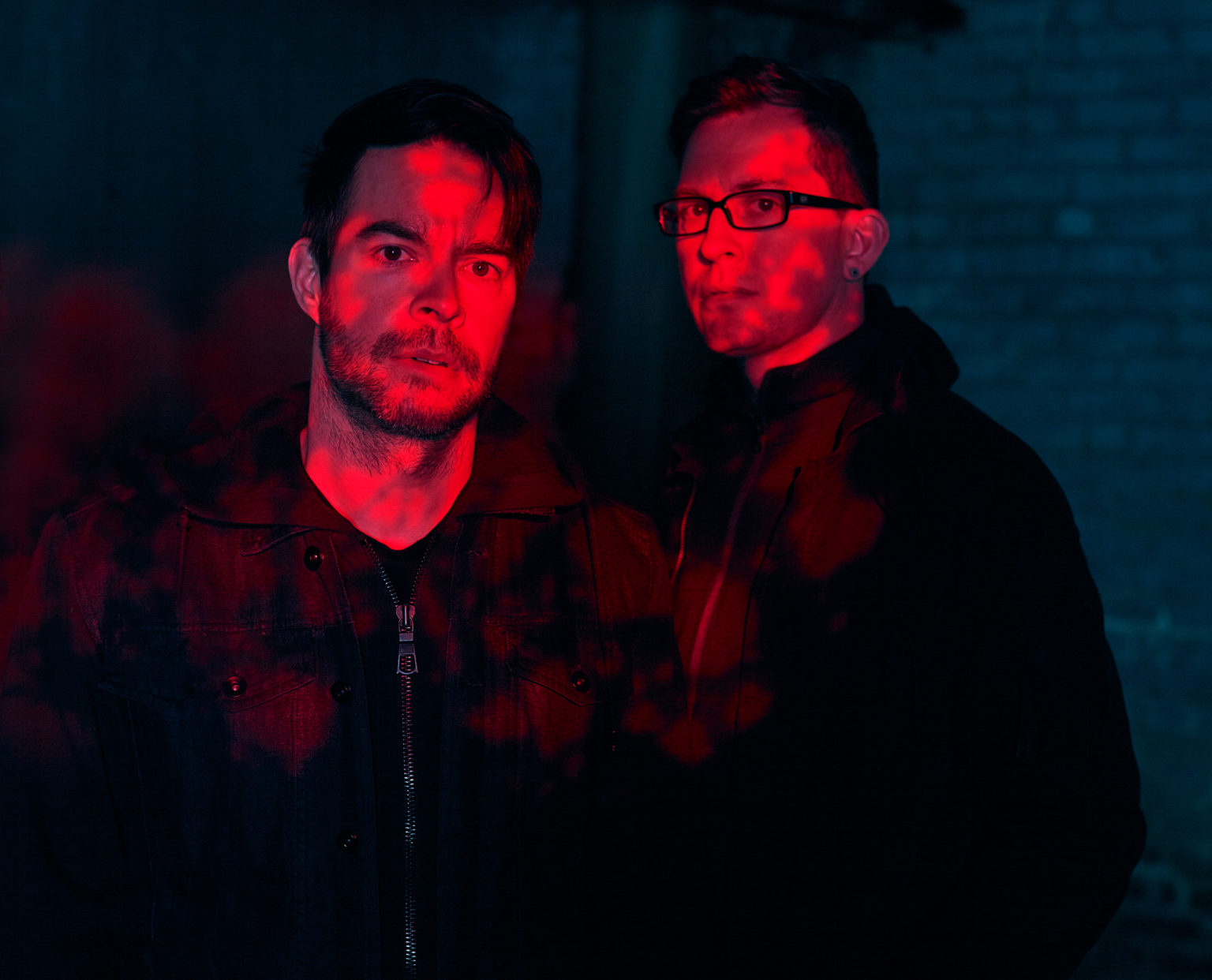Alternative music and streetwear both originated with the desire to reject mainstream norms and express one’s unique style. As far as the youth culture is concerned, the essence of these two coexisting movements to demonstrate freedom by making a bold statement will continue to live on.
So no, streetwear is not dead. While it may have lost some of its mainstream appeal, it remains a vibrant and influential subculture within the fashion industry. Streetwear continues to evolve and adapt, with new designers and brands emerging and existing ones like Stussy Australia continuing to innovate and experiment.
The Overlap Between Streetwear and Alternative Music
Streetwear and alternative music have a long-standing and influential relationship. Streetwear and alternative music have always been closely linked, with both subcultures sharing a DIY ethos and a focus on individuality and self-expression.
A desire to create something different from mainstream music led to alternative music. Genres like punk, hip-hop, and indie rock were all born out of a rejection of commercialism and a desire to express oneself authentically. Alternative music has always celebrated creativity and individuality, and is often closely linked with subcultures like skateboarding, graffiti, and street art.
Streetwear, like alternative music, began as a grassroots movement driven by young people who wanted to express themselves in a way that was different from mainstream culture. As streetwear began to take off in the early 1980s, skaters, graffiti artists, and other underground creative types made clothing that reflected their own unique styles.
One key aspect of streetwear that has made it a natural fit for alternative music is its emphasis on individuality and self-expression. So streetwear has also been closely associated with skateboarding culture, which has significant association with alternative music as both skateboarding and alternative music emphasize creativity and individuality.
Overall, streetwear and alternative music share a deep connection and continue to influence and inspire each other. Both subcultures celebrate individuality, self-expression, and creativity. Both are also deeply embedded in youth culture and the pursuit of authenticity.
Do Streetwear Brands and Alternative Music Collaborate?
Given their shared values and aesthetics, it is not surprising that streetwear and alternative music have often crossed paths. Many streetwear brands have found inspiration in the music subcultures, incorporating elements like band logos, album art, and song lyrics into their designs.
Conversely, musicians and fans of alternative music have embraced streetwear as a means of self-expression and individuality, often incorporating streetwear pieces into their onstage and offstage style.
Streetwear brands have often found inspiration in the music subcultures, incorporating elements of punk, hip-hop, and other alternative genres into their designs. Meanwhile, musicians and alternative music fans have embraced streetwear for self-expression and individuality.
Streetwear brands have also frequently collaborated with musicians and bands to create limited edition clothing lines and merchandise. These collaborations have often resulted in iconic designs that have become highly sought after by its fans. For example, Supreme’s collaborations with artists like Neil Young, Public Enemy, and The Misfits have resulted in some of the brand’s most coveted pieces. Another example of these collaborations is Stussy.
Stussy is a streetwear brand established in the early 1980s in Orange County, California. The brand’s designs involve bold graphics, vibrant colors, and use of typography. Stussy’s unconventional graphic design resonated strongly with fans of alternative music, who share a rebellious and countercultural spirit. Additionally, the brand has had a significant impact on streetwear culture and alternative music scenes around the world.
A Statement Of Freedom: What Streetwear Is All About
There has always been more to streetwear than just clothing. It represents a lifestyle; with focus on individuality, creativity, and self-expression. This ethos continues to become appealing to consumers, particularly younger generations who prioritize authenticity and personal style.
Moreover, streetwear has always been linked closely to youth culture and music scenes; as long as new generations of young people create their own cultural movements and express themselves through music and fashion, streetwear will continue to thrive and evolve. In conclusion, while streetwear may have shifted away from the mainstream, it remains a vibrant and significant subculture within the fashion industry.
Why Streetwear Lives On
Although some of the most established streetwear brands may have experienced a decline in popularity in recent years, there are many new and emerging brands that are making waves within the industry. These brands often bring a fresh perspective and a unique approach to streetwear, challenging the established norms and pushing the boundaries of streetwear.
Overall, streetwear and alternative music share a deep and enduring connection. Both subcultures celebrate individuality, creativity, and self-expression, and both have an impact on youth culture and fashion over the past several decades. Whether through collaborations, mutual influence, or shared values, streetwear and alternative music will likely continue to intersect and inspire each other for years.




